The included API is a starting point. The purpose of the server is to provide full WebRTC capabilities as simply as possible. This way, developers can shape it however they choose without hours spent learning how it works. Maru was chosen as it’s lightweight, but it can easily be ripped out and replaced.
The server supports full DTLS and we’ve experienced no issues with it. Running on a $5 virtual machine, I have achieved faster benchmarks than Google’s own servers.
As stated, this is just a starting point, but it’s a good starting point with less headaches.
The talk I’m giving in July is regarding using XTurn to debug WebRTC apps. Since its so simple, it’s perfect for finding flaws in such apps. I believe it is being recorded.
Another point you may find interesting; we are working with the Membrane Framework team to implement Membrane Source pads for video and audio pipelines in the server. I am currently working on a “record to file” example. It may prove useful to you.
